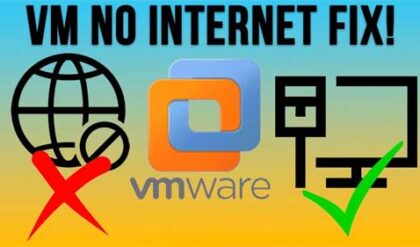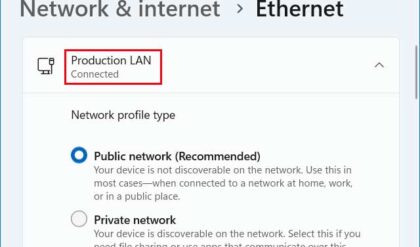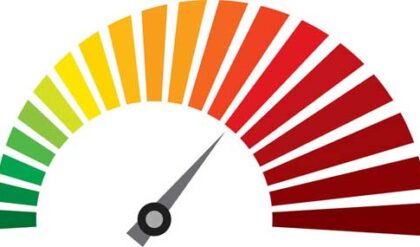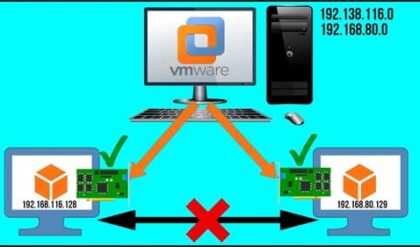Setting up a managed IT company can be an exciting and rewarding endeavor. While starting a business often requires a considerable investment, there are ways to minimize costs without compromising the quality of your services. One effective approach is to leverage second-hand equipment. In this article, we will explore the steps involved in establishing a successful managed IT company while maximizing the use of affordable, high-quality second-hand equipment.
Define Your Business Model
Before diving into the world of second-hand equipment, it’s crucial to have a clear understanding of your business model. Define the range of services you will offer, your target market, and your competitive advantage. Identifying these factors will help you determine the specific equipment requirements, enabling you to make informed decisions when purchasing second-hand items according to Surplus.
Assess Your Equipment Needs
Evaluate the hardware and software requirements for your managed IT services. Consider the types of clients you will serve and the level of technology they expect. Assess your equipment needs based on factors such as server capacity, networking equipment, workstations, backup systems, and security infrastructure. This assessment will guide you in determining which items are suitable for purchase as second-hand equipment.
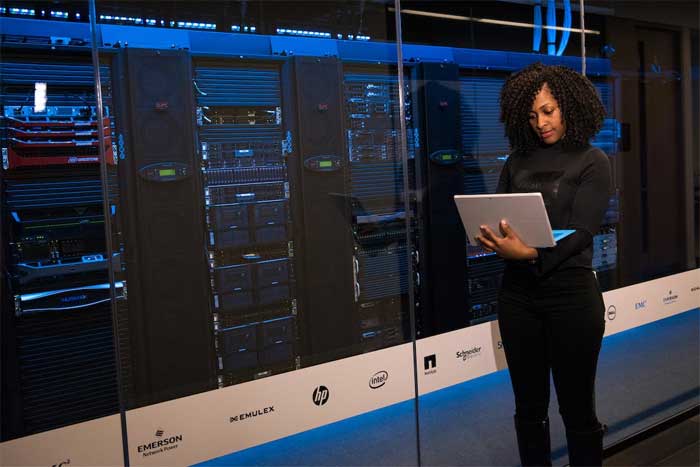
Source Reliable Second-Hand Equipment
To ensure the longevity and reliability of the second-hand equipment, it is crucial to acquire it from reputable sources. Look for certified resellers, reputable online marketplaces, local IT equipment vendors, or auctions specializing in refurbished or off-lease hardware. Research each vendor’s reputation, warranty policies, and customer reviews to make an informed decision. Remember to inspect the equipment thoroughly before finalizing any purchases.
Prioritize Key Components
When working with a limited budget, prioritize key components that directly impact the performance and efficiency of your managed IT services. Focus on acquiring high-quality servers, networking equipment, and storage devices as these form the backbone of your infrastructure. It’s advisable to invest in newer models of these components, even if they are second-hand, to ensure compatibility and reliability.
Ensure Compatibility and Scalability
As you acquire second-hand equipment, pay close attention to compatibility and scalability. Ensure that the hardware and software you choose can seamlessly integrate with your existing systems and accommodate future growth. Compatibility issues can lead to inefficiencies and additional costs down the road. Choose equipment that aligns with your long-term business goals and can be upgraded or expanded as needed.
Test and Upgrade as Necessary
Once you’ve obtained the second-hand equipment, thoroughly test it to ensure functionality and performance. Replace any faulty or outdated components promptly. Conduct stress tests and check compatibility with your software applications. If necessary, invest in component upgrades to enhance performance or extend the lifespan of the equipment. Proper maintenance and upgrades will help optimize your operational efficiency and provide a more reliable service to your clients.
Focus on Security
Managed IT services involve handling sensitive data, so prioritize security measures. Implement robust security protocols, including firewalls, antivirus software, intrusion detection systems, and data encryption. Regularly update software and firmware to patch any vulnerabilities. Additionally, educate your staff on best practices for data protection and cybersecurity to minimize risks.
Conclusion
Establishing a successful managed IT company on a limited budget is an achievable goal when leveraging second-hand equipment. By carefully assessing your needs, sourcing reliable vendors, and prioritizing key components, you can build a reliable and efficient IT infrastructure. Remember to ensure compatibility and scalability, test and upgrade as necessary, and prioritize security to provide top-notch services to your clients. With careful planning and resourcefulness, you can create a thriving managed IT company while maximizing the value of second-hand equipment.


